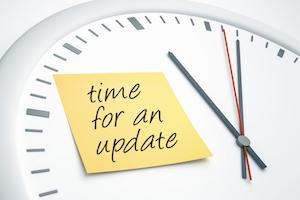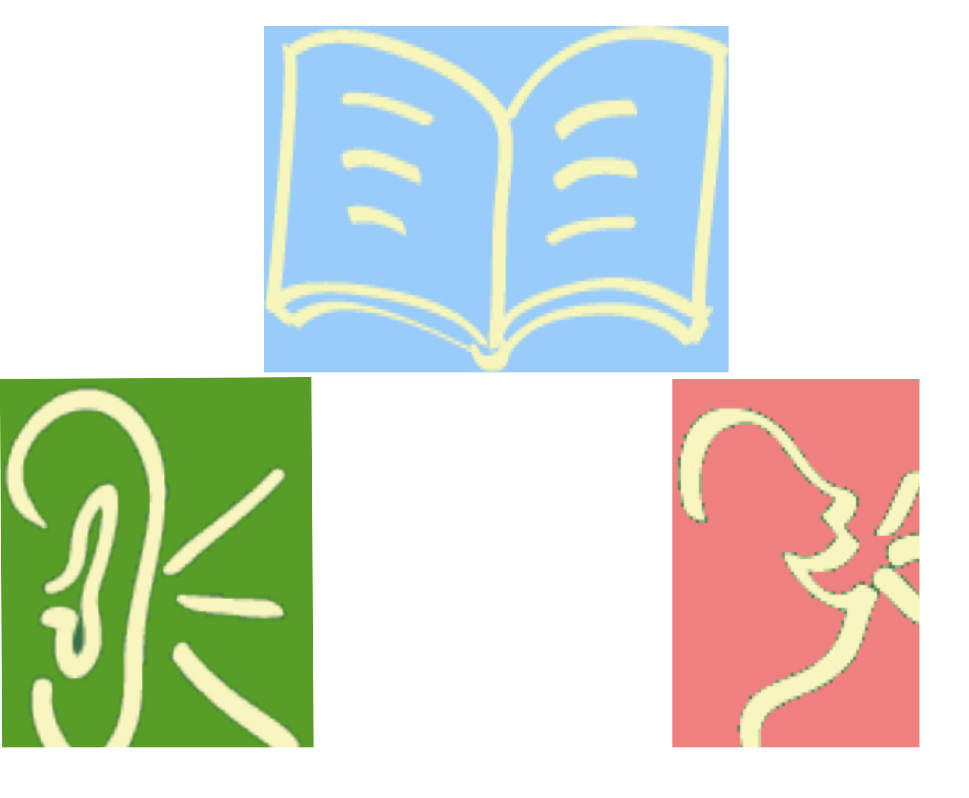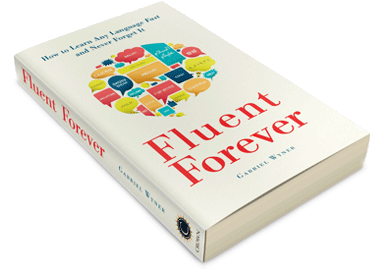Update: How to Individualize Your Language Learning?
 There are many ways to individualize your language learning once you start thinking about it.
There are many ways to individualize your language learning once you start thinking about it.
A few years ago, we wrote a post on that topic and it's time to update it: The opportunities and ways you can learn a new language have mushroomed.
The questions we asked then:
- How do you learn best? Do you like grammar, or not?
- Are you a risk taker when you learn? Do you mind making mistakes?
- Do you read voraciously? Do you love listening to stories?
Today you should also ask yourself:
- Are there ways I can learn with songs and music?
- What are the best times I can learn? While commuting to work? In the car, train, subway, bus? While exercising?
- How much time can I commit regularly to learning?
- How can I work on my fluency?
- Which of my portable devices (laptop, tablet, ipod, smartphone, etc.) can and should I use?
- Which other skills do I have that I could apply to language learning?
(Some of these questions are answered in our Tips from Langfest 2017.)
It's certainly worth paying attention to your likes and dislikes. Being aware of HOW we learn makes learning so much more interesting and effective.
Language Learning: Left and Right Brain
Research on left brain (logical, verbal, auditory, sequential) and right brain functions
 (creative, visual, spatial, emotional) has been ongoing for decades, and new imaging techniques have greatly enhanced our knowledge of how the brain works.
(creative, visual, spatial, emotional) has been ongoing for decades, and new imaging techniques have greatly enhanced our knowledge of how the brain works.
It's no mystery that learning a language involves many parts of the brain for everyone.
We don't learn a language just by listening (a left brain activity) and speaking, and kids don't do that either.
Small children don't yet know how to read and write. Still, they pick up a lot of visual and other clues from people (facial expressions, gestures), their surroundings (objects, movement), the context of a conversation (asking for something, looking for a toy), etc.
Once kids have learned to read and write, a mental “text image” may start to play along. Because we live in a text-based world, wanting to know how a word “looks” (is spelled) is part of language learning.
Since we wrote the section above, many more insights in our brain functions have been gained.
For example we now know that practicing a language BEFORE you fall asleep will improve the memory of the words and phrases you studied. (See our post: Foreign Language Learning while you sleep?)
Steve Kaufmann, a well-known polyglot and co-founder of LingQ.com, is working on his 17th language. In his talks and YouTube videos, he keeps reminding us that learning a language is gradual and involves constant forgetting and relearning.
Also, since memory is highly cue dependent, learning words and phrases in context (though listening and reading) is important for gaining fluency.
Pronunciation and Spelling
 For adults in our society, the sounds of language are inevitably tied to how they are written. By the time we've finished school the sound-text correlation of our native language (or other languages we're fluent in) has become automatic.
For adults in our society, the sounds of language are inevitably tied to how they are written. By the time we've finished school the sound-text correlation of our native language (or other languages we're fluent in) has become automatic.
For example, when I was learning Chinese strictly through listening, I found myself imagining how the word would be spelled with western letters.
Without thinking about it, I used the “regular” German sound-letter system for this. The pronunciation of almost every [German] word can be derived from its spelling.
When not too long ago, I was learning Italian by just listening, I spontaneously (and erroneously) used French spelling to imagine how the Italian words are written.
I've come to realize that I usually learn best when I both hear and see a word or phrase.
I say “usually”, because recently we had a different experience with Danish.
We started learning Danish (to prepare for a trip to Denmark) with Duolingo, Memrise, and a Pimsleur audio course.
We discovered that although Danish is a Germanic/Nordic language, its spelling is not phonetic, even for German speakers like us. (My fluency in Dutch helps me somewhat because Dutch has many similarities with Danish.)
We also realized quickly that as we started out, spelling the Memrise phrases we heard became an exercise in frustration, and we gave it up.
The Pimsleur audio lessons, however, which didn't require us to consider the spelling, let us focus fully on the listening and pronunciation.
Later on, after we had learned some of the Danish spelling rules, etc. Memrise became a valuable option again.
Language Learning: Pacing Yourself
There's a lot of talk these days about how you can accelerate your language learning,  and lots of sites offer excellent language-learning hacks and tips. Still, it's good to remember that no one can learn a language for you, that you yourself have to do every bit of it. That means not getting your expectations too high.
and lots of sites offer excellent language-learning hacks and tips. Still, it's good to remember that no one can learn a language for you, that you yourself have to do every bit of it. That means not getting your expectations too high.
It also means finding a way that you can stick with your language-learning plan for the long term.
Starting out, you'll want to focus on pronunciation and on learning some basic vocabulary in context. The next step will be creating simple sentences. (Those are the steps I worked on for Danish.)
Focusing on pronunciation and basic vocabulary is why we got into digital games. We have found that they are a fun way to help in the early stages of learning.
Digital games have auditory (spoken language, sounds) and visual features (text, colors, images, design), as well as kinesthetic elements (typing against the clock, clicking on moving images, etc). They involve lots of repetition, which beginners desperately need.
But as you're learning a language, what works will change over time. As you get more fluent, you'll be looking for new and different challenges: more and interesting listening material, books to read, podcasts, YouTube videos, films to watch, conversation partners, etc.
From Basics to Fluency
It's no secret that achieving fluency requires a lot of listening and speaking.
Yes, you have to learn vocabulary, gather as much “comprehensible input” as possible and there are many programs and apps on the market today to help you with that.
In the past, conversation partners were not always easy to find.
Today, the internet and new companies, which connect learners and tutors online, have also solved that problem. We've been using our partner site, iTalki, ourselves for several languages.
(Recently we became aware of a new site, Speakmates.com that works towards “Socializing Language Practice”.)
Online tutors and language exchange sites let you individualize your language practice, rather than follow a fixed class schedule.
Fluent Forever?
 It's also reassuring to know that a Kickstarter by Gabriel Wyner, who published “Fluent Forever” in 2014, made Kickstarter history as its most funded app.
It's also reassuring to know that a Kickstarter by Gabriel Wyner, who published “Fluent Forever” in 2014, made Kickstarter history as its most funded app.
Even with Google Translate, the Google Pixel Buds for real time translation and continued progress in this area – there are still many who want to become fluent in another language.
While “spaced repetition” and “memorizing through associations” are not new techniques, they are hot topics.
It will be interesting to see how Wyner can incorporate these and other techniques into his app so learners can achieve real fluency.
With fluency being the goal of most language learners, you have so many more options today.
Yes, it will take a little research and some trial-and-error on your part until you find the best language learning book, program, website or app that works best for you.
Stay with those that allow you to learn at your own pace and keep you motivated. Language learning will be more fun that way!
Bio: Ulrike Rettig is the co-founder of Gamesforlanguage.com. She is a lifelong language learner, growing up in Austria, the Netherlands, and Canada and speaks German, English, Dutch, and French fluently. She intends to become as fluent in Italian, Spanish and Swedish. You can follow her on Facebook, Twitter and Instagram, and leave any comments with contact.
Disclosure: Certain links above are to a partner's program with revenue-sharing, should you decide to purchase or subscribe.
